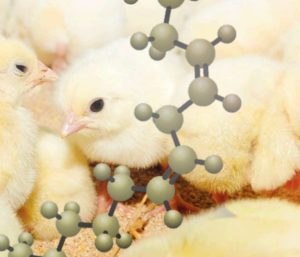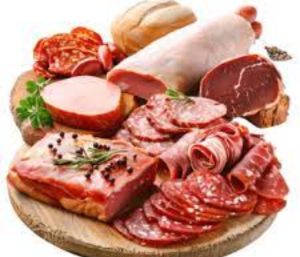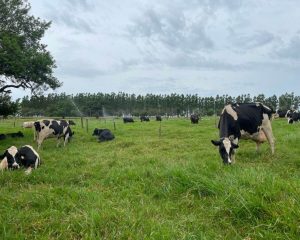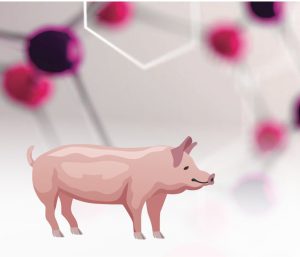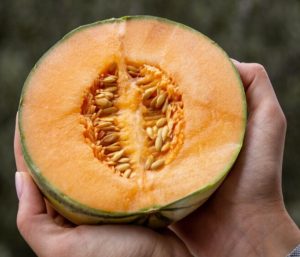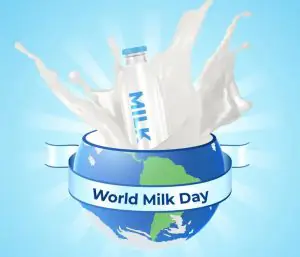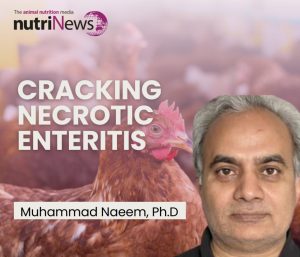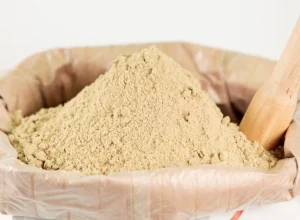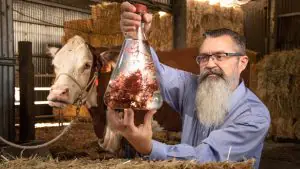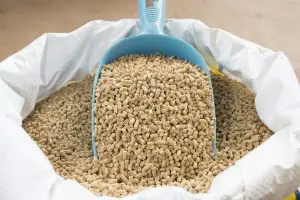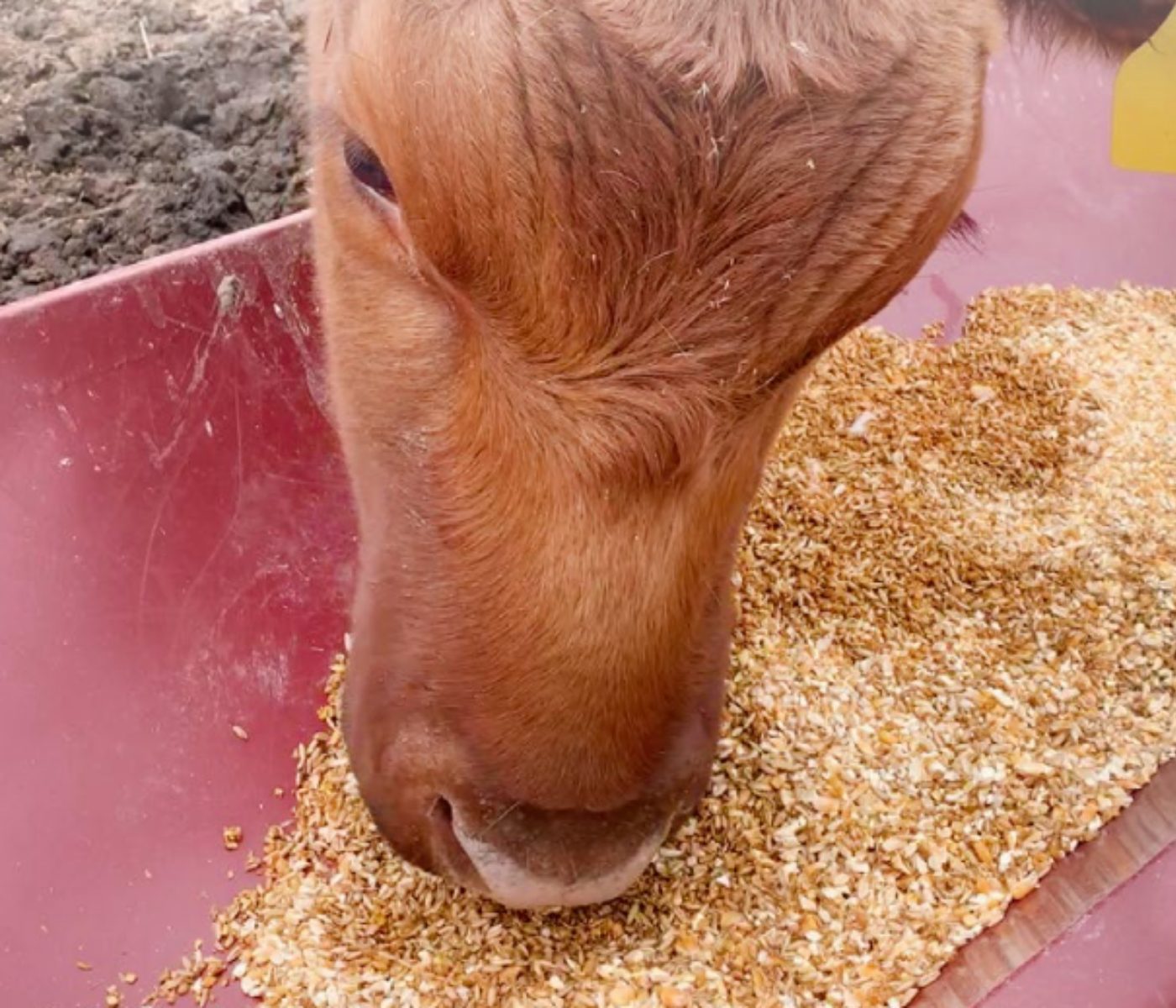 22 Mar 2023
22 Mar 2023
Calf nutrition: weaning practices (Part II)
This second installment on beef calf nutrition and weaning practices, focuses on rumen development.
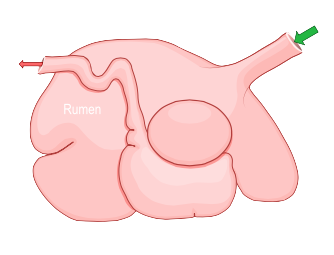 Rumen Development
Rumen Development
Offering feed to calves at an early age, contributes to stimulating rumen development from an earlier stage.
 This development can be evidenced in a series of studies carried out by Jud Heinrichs & Coleen M. Jones (Pennsylvania State University, updated in 2016). Where images of different rumens from calves treated with different diets are shown.
This development can be evidenced in a series of studies carried out by Jud Heinrichs & Coleen M. Jones (Pennsylvania State University, updated in 2016). Where images of different rumens from calves treated with different diets are shown.
Soon after birth, the rumen is still small and underdeveloped. Up until the four weeks of age while the calf is still suckling and with limited access to forage, the rumen remains greatly underdeveloped. During this stage, in which the calf is mainly receiving milk or milk substitute, the abomasum is the most developed organ within the animal’s digestive system.
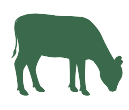 The calf that receives grain (feed)during these first months of life will stimulate the development of its rumen, as shown in the comparison in Figure 1.
The calf that receives grain (feed)during these first months of life will stimulate the development of its rumen, as shown in the comparison in Figure 1.
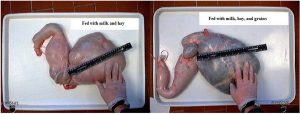 Figure 1. Differences in rumen development of four-week-old calves. On the left the feed supplied was milk and hay, while the image on the right was associated to a diet composed by milk, hay and grains (Penn State, updated 2016).
Figure 1. Differences in rumen development of four-week-old calves. On the left the feed supplied was milk and hay, while the image on the right was associated to a diet composed by milk, hay and grains (Penn State, updated 2016).
Subsequently, at six weeks of age, the difference in rumen size for calves fed different diets is even more significant (Figure 2). The calf who received grains, in addition to milk as part of its diet, already has a significantly more developed rumen than other calves which did not receive this diet at six weeks of age.
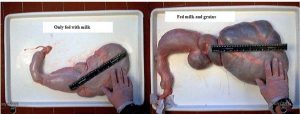 Figure 2. Differences in rumen development of six-week-old calves. On the left the only feed supplied was milk, while the image on the right corresponds to a diet containing milk and grains (Penn State, updated in 2016).
Figure 2. Differences in rumen development of six-week-old calves. On the left the only feed supplied was milk, while the image on the right corresponds to a diet containing milk and grains (Penn State, updated in 2016).
 Ruminal papillae
Ruminal papillae
In addition to the growth in size, the functional development of the rumen is another benefit associated with this type of supplementation. Internally there is a great difference in the formation of rumen papillae, leading to a greater rumen wall and surface for the absorption of nutrients. Figure 3 allows to compare rumen wall development for three different diets. Which are as follows:
- milk,
- milk and grains
- milk and hay
Besides a greater development of papillae, a more vascularized and thick wall was also observed when compared to other rumens. The rumen wall was thinner and its papillae practically had no development in those animals that were given the dietary treatments without grains.
 Figure 3. Differences in rumen papillae developments influenced by the three dietary treatments that were offered to the animals at six weeks of age. From left to right: milk and cereals only, and milk and hay (Penn State, updated 2016).
Figure 3. Differences in rumen papillae developments influenced by the three dietary treatments that were offered to the animals at six weeks of age. From left to right: milk and cereals only, and milk and hay (Penn State, updated 2016).
It can be seen that those animals which were supplied with grains in their diets, presented an earlier stimulation of their ruminal development compared to those that did not receive grains. In other words, their rumen will be functional sooner, having a greater ability to digest and absorb nutrients. Resulting in faster growth for these animals.
CREEP FEEDING
As previously mentioned, another nutritional strategy that can contribute to a quicker development of the calf’s digestive tract, is the implementation of creep feeding systems. In addition to the aforementioned benefits, this type of nutritional strategy aims to accustom the calf to eating in feeders from an early age.
ANother advantage of this type of system, is the improved weaning weight of calves at around six to eight months, which prevents a prolonged period of intensive lactation for the cow.
This method consists of feeding the calf at the foot of the cow. Providing a fenced space with exclusive access to the calf, where the feed is supplied (Figures 4 and 5).
 This supplementation is commonly done using balanced feed for calves or with protein-mineral salts that are specific for weaning period requirements.
This supplementation is commonly done using balanced feed for calves or with protein-mineral salts that are specific for weaning period requirements.
 Figures 4 and 5. Examples of creep feeding models used on the field. Only calves have access to feed.
Figures 4 and 5. Examples of creep feeding models used on the field. Only calves have access to feed.
There is an alternative to this type of management practice, that consists of complementing part of the feed with differentiated pastures/forages. These are composed by forages with high nutritional values.
This system has the same goal as the previous one and it is known as creep grazing.
It represents an alternative, in which the weight gain of the calf tend to be a little lower, but it contributes to reduce the dependence on breast milk which is a main objective.
Practical test
A recent study was carried out on a beef cattle farm in Brazil to prove the efficiency creep feeding systems.
The trials were carried out during the second half of summer and the autumn months. A period in which there is a shortage of fodder. In total there were 120 days of supervision and testing.
 The study was carried out with 700 Angus calves divided into two batches of 350 each. One of the batches received supplementation and the other batch didn’t. The two batches were evenly separated and began the trial with an average live weight of 80 kg.
The study was carried out with 700 Angus calves divided into two batches of 350 each. One of the batches received supplementation and the other batch didn’t. The two batches were evenly separated and began the trial with an average live weight of 80 kg.
 The supplemented animals had free access to feed. An average consumption of 1.0 kg of feed per day was recorded at the end of the evaluation period. Commercial calf feed containing 18% crude protein (CP) and 72% total digestible nutrients (TDN) was supplied
The supplemented animals had free access to feed. An average consumption of 1.0 kg of feed per day was recorded at the end of the evaluation period. Commercial calf feed containing 18% crude protein (CP) and 72% total digestible nutrients (TDN) was supplied
The results for daily weight gain and the input and output weights for the dietary treatments are shown in Table 1. Besides reducing calves’ dependance on breast milk during this period, a rapid response to supplementation was also observed.
 Table 1. Differences in live weight gain at 120 days between supplemented and non-supplemented calves.
Table 1. Differences in live weight gain at 120 days between supplemented and non-supplemented calves.
These results can be positively assessed through several aspects.
 One of these, is related to ruminal development and calves’ growth, as previously mentioned.
One of these, is related to ruminal development and calves’ growth, as previously mentioned.
 Two other important factors that stem from this study, will be addressed in greater detail in the next installment. One of them is to allow the cow to have a quick recovery for its next reproductive cycle. While the other factor, deals with economic and market aspects.
Two other important factors that stem from this study, will be addressed in greater detail in the next installment. One of them is to allow the cow to have a quick recovery for its next reproductive cycle. While the other factor, deals with economic and market aspects.
 Rumen Development
Rumen Development![]() This development can be evidenced in a series of studies carried out by Jud Heinrichs & Coleen M. Jones (Pennsylvania State University, updated in 2016). Where images of different rumens from calves treated with different diets are shown.
This development can be evidenced in a series of studies carried out by Jud Heinrichs & Coleen M. Jones (Pennsylvania State University, updated in 2016). Where images of different rumens from calves treated with different diets are shown.




 The calf that receives grain (feed)during these first months of life will stimulate the development of its rumen, as shown in the comparison in Figure 1.
The calf that receives grain (feed)during these first months of life will stimulate the development of its rumen, as shown in the comparison in Figure 1.
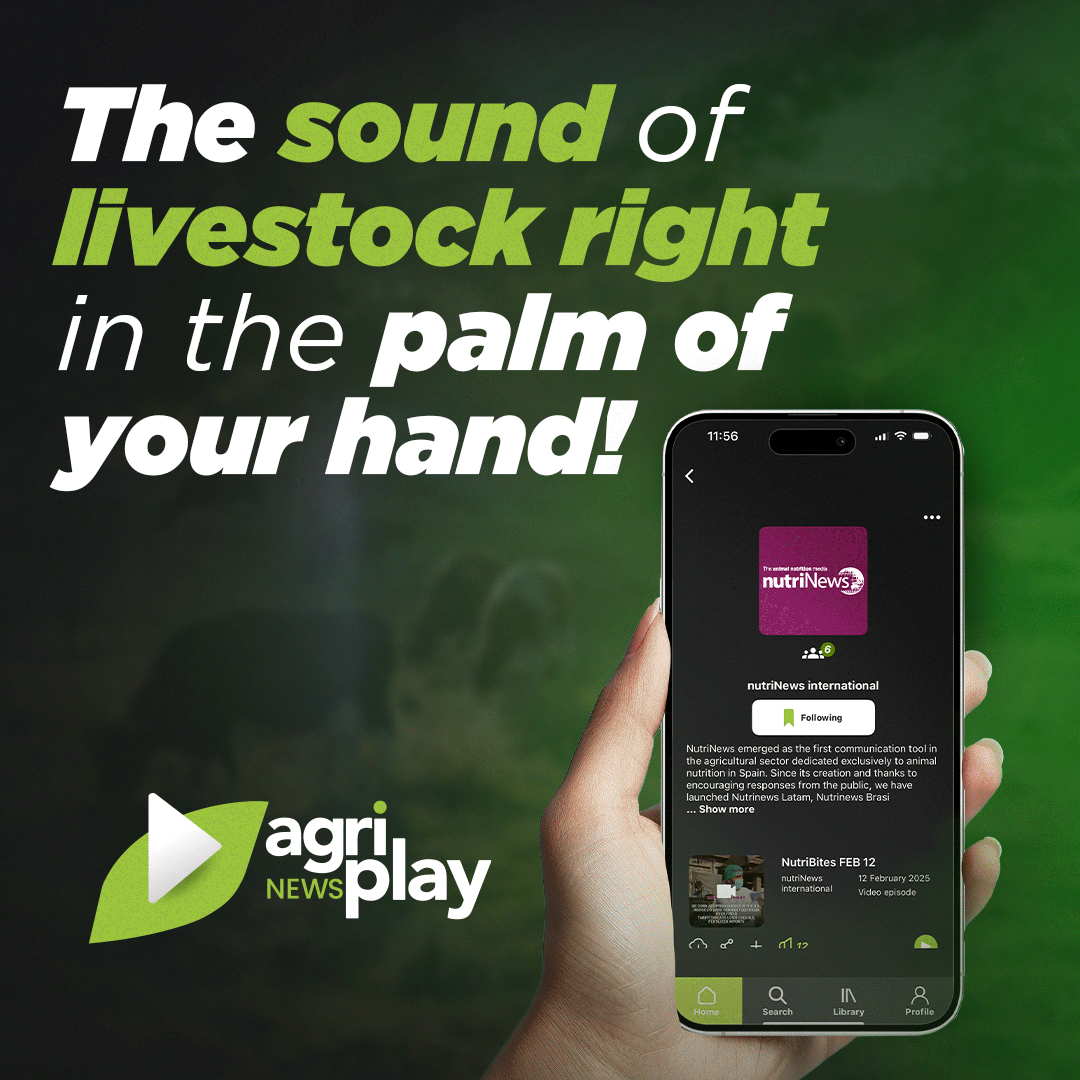





 This supplementation is commonly done using balanced feed for calves or with protein-mineral salts that are specific for weaning period requirements.
This supplementation is commonly done using balanced feed for calves or with protein-mineral salts that are specific for weaning period requirements.

 The study was carried out with 700 Angus calves divided into two batches of 350 each. One of the batches received supplementation and the other batch didn’t. The two batches were evenly separated and began the trial with an average live weight of 80 kg.
The study was carried out with 700 Angus calves divided into two batches of 350 each. One of the batches received supplementation and the other batch didn’t. The two batches were evenly separated and began the trial with an average live weight of 80 kg.

